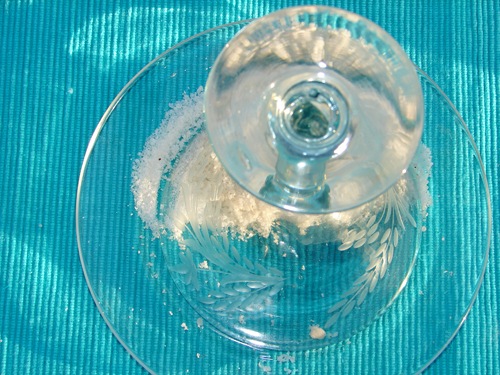I’ve been going through recipes trying to decide on a Thanksgiving turkey that isn't “traditional." I remembered one of my favorites from my days as the "Southwest Homes" Editor of Tucson Lifestyle magazine. It was a recipe by Jeanie Neubauer from her Santa Cruz Chili & Spice Co. Cookbook. In addition to writing several cookbooks, Jeanie is the owner of the Santa Cruz Chili Company in Arizona. We did a photo shoot at her ranch in Tumacacori and then Jeanie made it especially memorable by serving our photo crew her "Turkey Santa Cruz." The crew didn't always get such treatment, but Jeanie as I have learned is a master hostess. As I recall, Jeanie had other Thanksgiving dishes with the turkey even though it was probably August since we shot articles at least three months in advance. You won't be disappointed!
Turkey Santa Cruz
by Jeanie Neubauer, owner of the Santa Cruz Chili Company
1 turkey, 12-15 lbs
1 tbs softened butter
2 tbs Santa Cruz Chili Paste
Sal delMar gourmet sea salt
Rinse and dry turkey. Season outside of turkey generously with Sal del Mar and sprinkle with pepper. Blend butter and chili paste then gently rub over turkey, covering evenly. Set turkey in refrigerator until ready to stuff.
Stuffing
1 cup diced onion
1 cup diced celery
2 cloves garlic, minced
1 tbs butter
3 tbs Santa Cruz Chili Powder
1/2 cup chorizo
4 cups stale cornbread
3 eggs
1/2 cup water, more if needed
To make stuffing, sauté onions, celery and garlic in butter over medium heat for three minutes. Add chili powder and chorizo and cook over low heat for 10 minutes until flavors blend and chorizo is cooked. In a large bowl, combine cornbread with eggs and mix well. Blend in onion mixture and add water as needed if stuffing is too dry.
Loosely stuff turkey and sew closed. Bake at 325○F according to directions, usually 1/2 hour per pound. Start turkey in open roasting pan on a rack, breast down. Turn turkey breast side up when 3/4 done. If breast begins to get too brown, cover loosely with foil. Turkey should be golden brown with a crisp, rosy skin when done.








